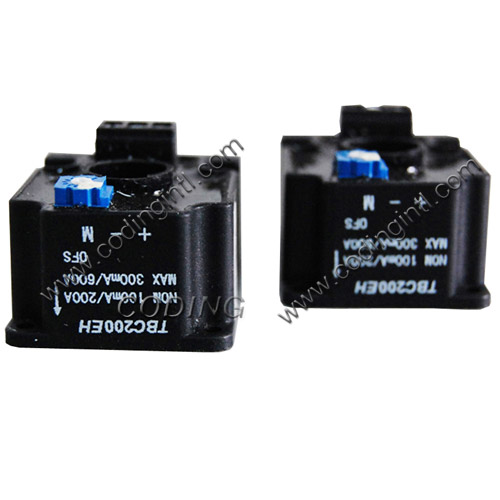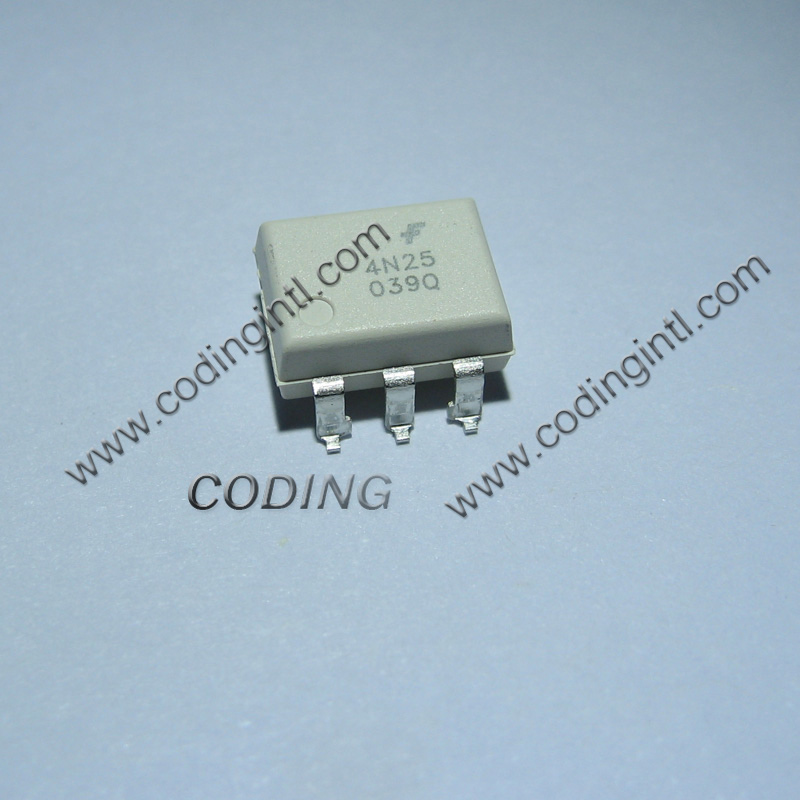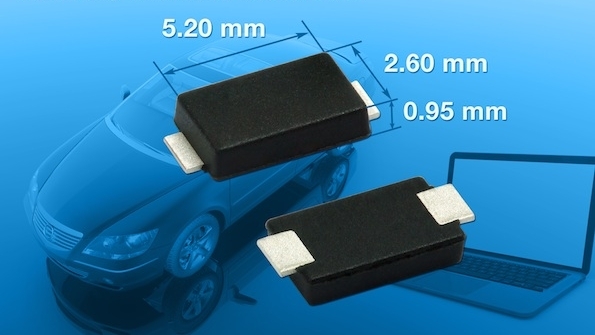Sensors/Transducers Double AS Power Sources
Some manufacturers are relying on converting many forms of energy into electric voltages and gusts. These forms include piezoelectric, magnetic, capacitive, RF, inductive coupling, solar, kinetic and cold weather effects. Such feeling methods are getting better all the time, improving their own outputs and performance levels, thus which makes them more attractive for a developing number of applications.
Vitality scavenging sources can be obtained from your human body, moving as well as rotating machinery, solar panel technology, heat differentials between materials, inductive coupling and permanent magnet fields. They can act as both sources in addition to work with existing semiconductor IC sensors, making them flexible as well as valuable for a number of software including wireless indicator networks, infrastructure overseeing, medical implants, plus a host of additional applications.
Making the use of energy harvesters and scavengers more appealing is the fact that the ICs that really work with such sensors are not only turning into smaller, but are also more sensitive to low-level indicators and need less electrical power for their operation. These qualities play properly when matching vitality harvesting and scavenging sensors along with interface circuitry.
Moreover, research has shown that power scavenging and harvesting devices can be integrated on a single CMOS wafer that holds electronic digital circuitry. That’s what scientists at the Netherland’s Twente University and Utrecht University, working with experts at China’s Nankai University show, by growing the self-powered copper-indium gallium-selenide (CIGS) photovoltaic solar panel onto CMOS chips that will require no batteries for power.
Solar technology is a very omnipresent kind of energy harvesting. From photovoltaic sensors, it is most significant energy harvesting apps around whose make use of continues to grow. There are too many developments in solar power technology to be explained aptly in this article, however suffice it to say that remarkable gains are being manufactured in this technology’s development.
The most typical form of energy harvesting is manifested within the piezoelectric effect. Materials like certain ceramics and uric acid can generate electrical energy in response to an employed mechanical strain. This particular behavior is also comparatively. An electric field placed on the material produces a physical movement. It should be noted that not all earthenware and crystal components are piezoelectric. This home comes when they’re designed with other materials.
Popular piezoelectric materials are commercially accessible in large-area formats as piezoelectric ceramic fibers and also fiber composites via companies like Advanced Ceramics Corp., Rating Specialties Inc., along with Advanced Cerametrics Inc.
One particualr piezoelectric energy harvester is the MFC macro fibers composite produced by Sensible Materials Corp. MFCs are basically encapsulated piezo ceramics to which steel is added. They’re available in elongator (d33) and builder (d31) modes, which work as powerful actuator/sensor and low-impedance sensor/energy devices, respectively .
Just as one actuator, an MFC device functions over a range of 1 Hz to Ten kHz. As a sensor, it provides a range of 0.Five Hz to Five-hundred kHz. MFCs are flexible and strong and are available in premade packages that conquer the disadvantages of lead zirconate titanate (PZT) plates as well as patches based on reliable wafers. They’re rated in excess of 109 cycles of actuation and most 1011 cycles for electricity harvesting. They can be integrated with electronic digital components.
AdaptivEnergy is yet another organization that capitalizes on the piezoelectric effect. Its Joule-Thief dc energy devices harness electricity from vibrations, affect and force, and also convert that into usable electrical power.
One of the more interesting applications of the piezoelectric effect has been shown by simply France’s Arveni. It has demonstrated a proof-of-concept battery-less infra-red (IR) TV remote device. The device uses a powerful piezoelectric microgenerator, which delivers around 90 mW (for the first IR transmission). Arveni furthermore integrated a low-power stereo based on the IEEE 802.15.Some standard. This radio stations features bidirectional communication, suitable for point to point software where the user desires to know if his control has been received correctly. In this case, Arveni added the LED onto the remote device, also powered by the particular microgenerator, which lights when the acknowledgement of delivery of the receiver is acquired by the remote control.
POWER FROM VIBRATIONS
Vibrations are a wealthy source of energy that can be gatheredfor instance, sells a type of Volture energy harvesters that change vibrations into electric power using a piezeoelectric sensor. Even so, vibrations tend to differ in terms of frequency, plenitude and bandwidth, based on the vibration source, so ?¡ãthere’s no silver round to satisfy every application?¡À, clarifies Chris Ludlow, director of mechanical engineering forVibrations energy harvesters used on San Francisco’s Fantastic Gate Bridge are different from those used on Boston’s Zakim Fill, because they have various vibration characteristics,?¡À he or shecame up with the SlapStick, a rechargeable USB-connected data logger that will measures acceleration throughout three axes. Configuration software program lets users tailor an energy harvester to their specific needs.
A major creator and manufacturer of energy scavenging motion sensors is the Oughout.K.’s Perpetuum Limited. Its FSH free-standing harvester combines electro-magnetic vibration energy farming with a selectable set of vitality charging, storage as well as management options. They may be optimized for commercial machine-condition monitoring and assist wireless sensor networks.
Perpetuum recently successfully demonstrated a series of trials on trains in the U.K. that demonstrated that their products can provide power to power sensors to observe the condition of wheel bearings. Your trial showed that cellular vibration spectra can be related with faulty bearings, which this data can be transmitted wirelessly, because of tens of milliwatts of electrical energy generated for this kind of task.
MicroStrain Inc. is one of the more notable companies making use of piezoelectric technology to convert vibrations to electric power. It is the leading service provider of inertial measurement systems, displacement transducers and wireless realizing networks used in wellbeing monitoring of municipal structures and military/aerospace programs. Its patented temperature-compensated differential variable-reluctance transducers offer extremely small size and high-accuracy attributes as well as the ability to withstand temperature gradients, saline solutions, and pressurized environments.
A useful source of moaning energy harvesting arises from AC motors, which in turn vibrate between about 50 Hz in order to 240 Hz. A new piezoelectric sensor mounted on a good ac motor to create electrical energy and directory the motor’s condition utilizing a wireless sensor network. Helicopters and circular wing aircraft are generally another source of vibrations energy harvesting, vibrating between 10 Hertz and 40 Hz.
The output power of a vibrating electricity harvester is directly proportional to the amplitude as well as frequency of the vibration and to the size (seismic muscle size weight) of the harvester. Along with the output power will be inversely proportional to the moving source’s frequency bandwidth. Consequently, it is much harder to be able to efficiently harvest electrical power from a low-frequency source which has a large frequency music group response and a small size than from the stabilized high-frequency vibration supply. Many of the vibrations within natural and man-made surroundings are relatively lower in frequency (under A hundred and twenty Hz) and often be determined by energy sources with numerous activity levels including engine vibrations, car or truck speed, wind stage, etc.
To address this issue, researchers at the Lab for Electronic Details Technologies for the People from france Atomic and Choice Energies Commission, CEA-LETI, tend to be focusing on a solution. They’ve developed a self-adaptive and electrostatic microelectromechanical system (MEMS) vibration energy harvester in which efficiently converts the two low- and high-amplitude vibrations in to electrical energy, thanks to an original and patented electrode construction.
The MEMS-based electrostatic structure transposes the input vibration into multiple capacitance versions, which are used to change the input vibrations energy into electric power. When a constant demand is placed in the varying capacitor, the voltage varies in inverse proportion towards the capacitance variation and the associated energy varies proportionally to the voltage.
A plastic oxide-based dielectric electret was developed that retains its electric demand over many years, regardless if built into very small electrodes underfunctions very much like a permanent magnetic field in close proximity to a coils. When an electret modifications position relative to a couple of electrodes, it induces a brand new charge distribution on the electrodes. If an electrical load is connected among these electrodes, then the electret motion generates electrical energy. As the structure is electrostatic, there isn’t any resistive losses, unlike tiny electromagnetic systems using low operating wavelengths where the losses created by the coil grow drastically as the measurement and frequency reduce. Tests performed on this structure produced a desirable output voltage like a function of vibration plethora and frequency for any 100-g seismic mass (Fig. 4).
Managing TEMPERATURE GRADIENTS
Taking advantage of temperature gradients is one of the oldest sources of energy harvesting. Thermocouples being used for generations are the most common example of devices that use the temp gradient technique.
As an example. the Dolphin platform of modules from Germany’s EnOcean Inc. is based on creating energy from ambient thermals, solar power and motion environments. It allows OEMs to develop battery-less as well as wireless communications. You can use it for sensors and buttons in new and retrofit building automation home heating, ventilation and air-conditioning (Air conditioning) applications. EnOcean says it’s modules, like the STM300 868-MHz wi-fi sensor transceiver, feature the industry’s lowest-power sleep-mode current associated with just 200 nA as well as consume one-tenth the power of conventional low-power modules (Fig. 5).
EnOcean’s technologies are used by Illumra Controls Inc. in key credit card switches to automate hotel-room energy consumption. It lets you do this by disabling HVAC, lighting as well as electrical loads inside unoccupied rooms. We’ve got the technology is also used in battery-less energetic automotive tire-pressure monitoring methods (TPMSs) developed by Austria’s SensoDynamics.
Germany’s Micropelt GmbH employs a good aluminum-oxide substrate on which multiple thermocouples are usually laid, thermally in concurrent and electrically inside series. Up to 128 thermocouples may be laid on a 1600-mm2 substrate to generate approximately 50 mV/K. The Micropelt MPG-D751 can convert A single W of cold weather energy into about 2.5 mA, a power output that is much like that from a option cell-sized battery.
Nextreme Thermal is the one other company getting into your thermoelectric power generation industry. The company’s eTEG HV37, based on thin-film thermoelectric whitening strips, can produce 1 mW regarding output power as well as an open-circuit voltage of A hundred and seventy mV, at a temperature differential regarding 10K in a presence measuring 6 mm2. A 50K temperature differential produces 24 mW at an open-circuit voltage involving 850 mV.
MUCH ELECTRONIC SUPPORT
Major digital power supply and microcontroller device (MCU) manufacturers are working tightly with energy scavenging and also harvesting companies to advertise the greater use of this sort of systems by offering development kits. Linear Technological innovation, for example, offers it’s LT3588-1 energy harvesting power source that works with piezoelectric sensors (Fig. Half a dozen).
Companies such as Powercast provide the P1110 and P 2110 stereos that operate between 850 MHz to be able to 950 MHz by collection RF power. The actual wireless harvesting approach provides controllable and also reliable power that doesn’t rely on intermittent solutions. “You can turn on a Powercaster transmitter and offer power for as long as essential” explains Harry Ostaffe, vp of marketing and enterprise development at Powercast. “Once recharged, the receiver could send a message to achieve the power turned off,” this individual adds. The transmitter generates a 3-W effective output isotropic branched out power (EIRP) at 915 Megahertz, and the companion stereos can pick up which energy from Forty to 50 foot away.
This article by blogcoding original compilation, please indicate the source:http://www.codingintl.com/blog/736.html





Post a comment